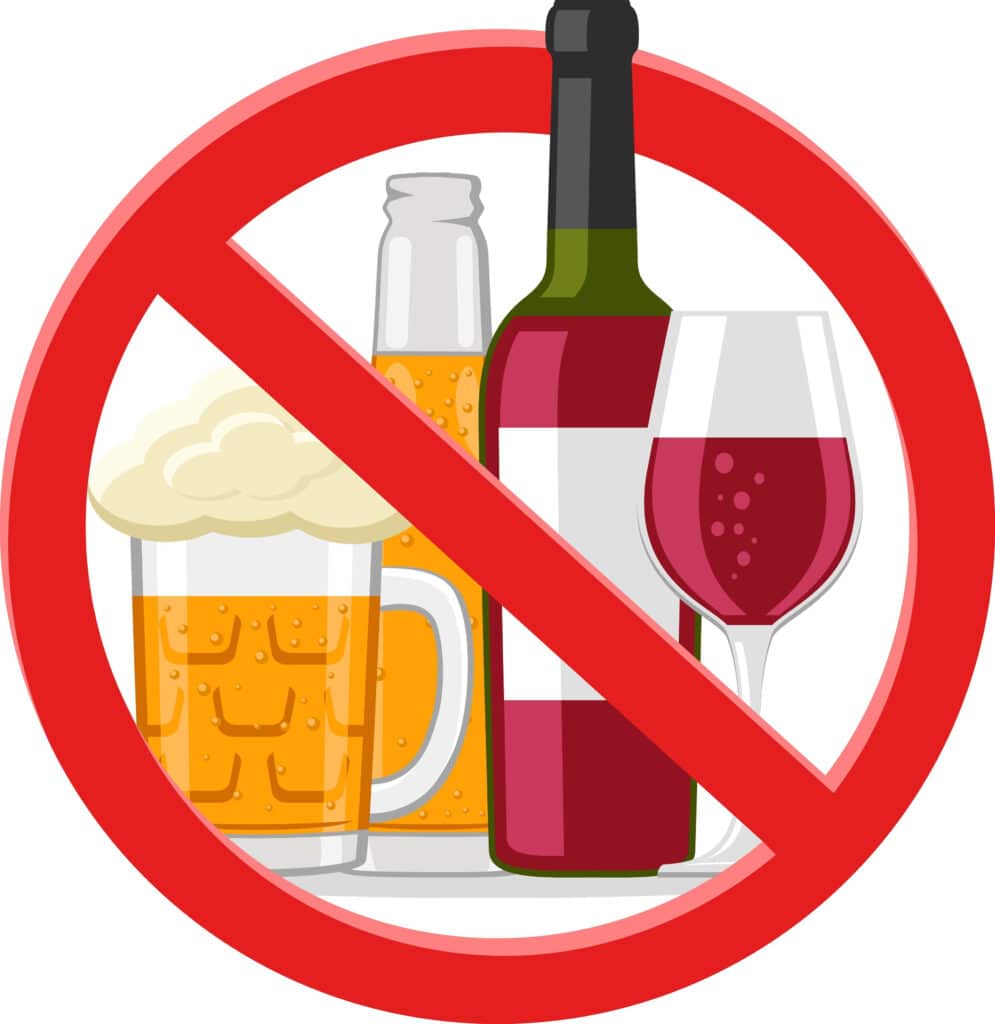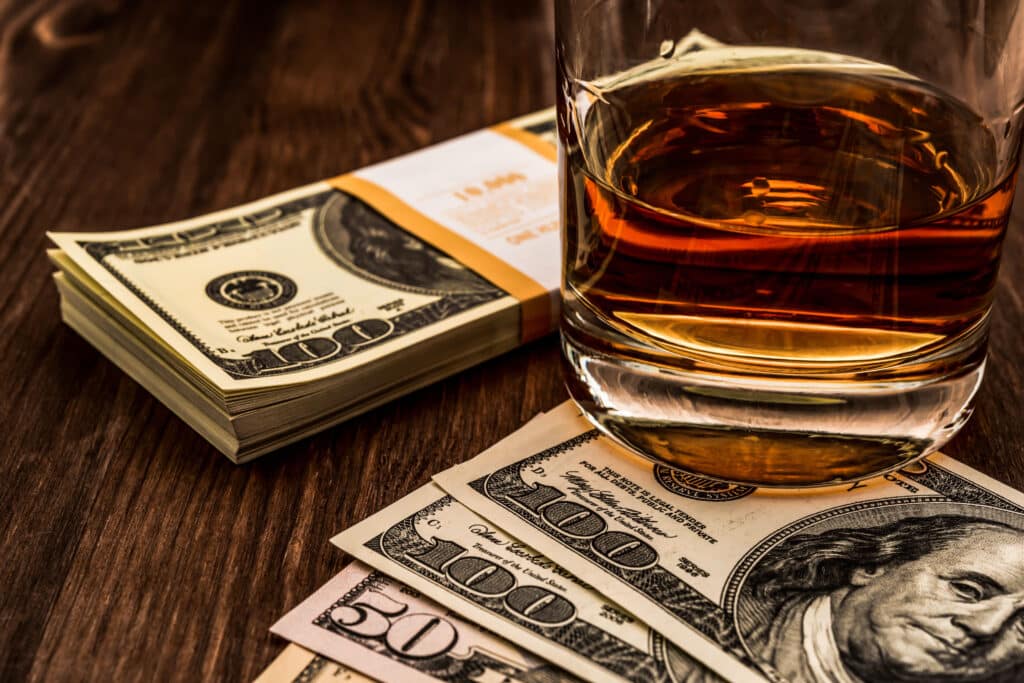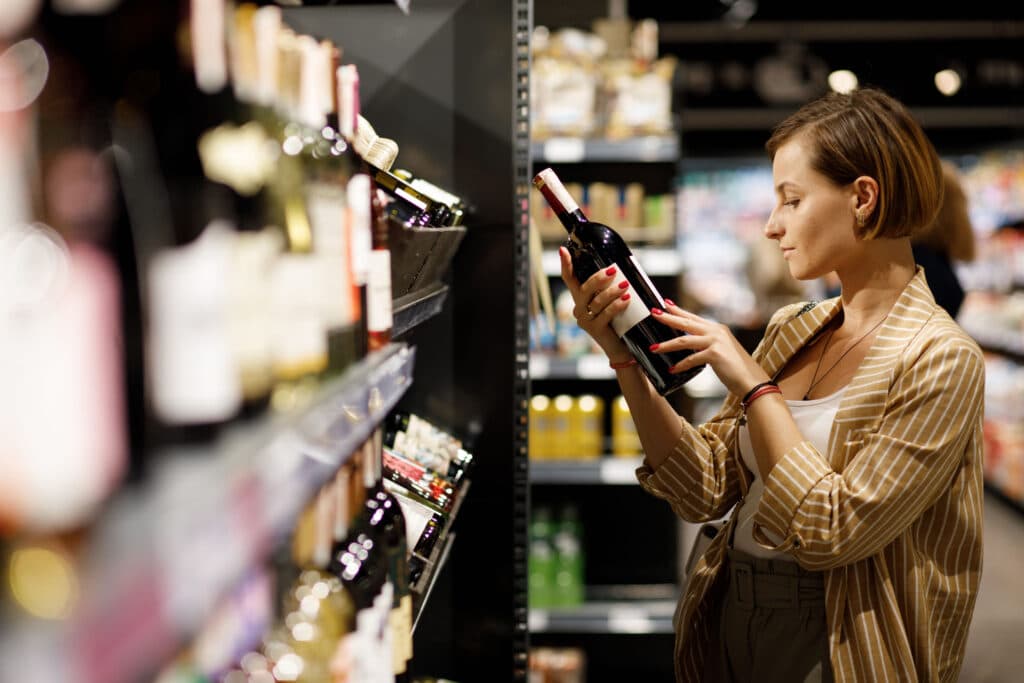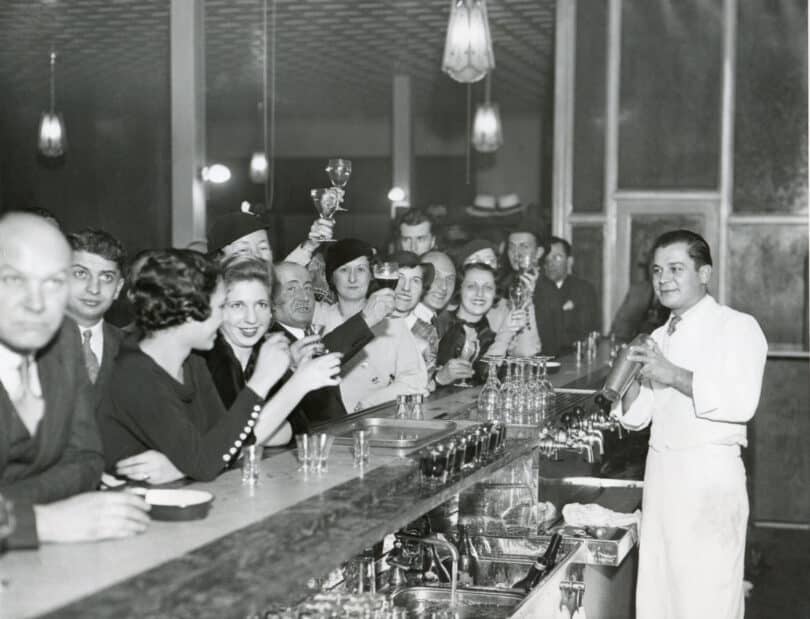Illicit drugs are all the rage in news reporting; but often, one of the biggest illicit markets is practically ignored. Sure, we hear about weed busts around the world, and methamphetamine busts, and opioid busts. But what about the most popular drug? Alcohol is the most consumed drug in the world, and the illicit alcohol market is way bigger than you think.
Alcohol prohibition
Alcohol is pretty free-flowing in most parts of the world, and has been throughout our recorded history. However, for a brief period in the early 1900’s, it was criminalized on nearly a global level. This period, called ‘prohibition’ lasted between 1920-1933 in America; during which time, the production, sale, and transportation of alcoholic beverages, was a criminal activity. This legal change was brought on by the temperance movement, a group which pushed abstinence, or extreme regulation of certain behaviors.
The movement started in the late 1800’s, as many small groups around the country. According to Britannica, by 1833, there were 6,000 of them across the different states. These organizations were highly associated with women’s movements, and some specifically state it in the name; like the famous Woman’s Christian Temperance Union, which became an international movement.
Perhaps the biggest accomplishment of the temperance movement, was in banning alcohol. In December 1917, the Eighteenth Amendment (aka Volstead Act) passed both sides of congress. It was ratified by ¾ of states in 2019, and had plenty of support in order to do both of these things. The National Prohibition Act was later passed as a means of regulating this new decision.

But history shows that the movement either wasn’t as far reaching as expected, or not 100% supported, among supporters. Plenty wanted to drink illegally, which created an entire bootlegging industry of illicit alcohol. Alcohol was often brewed up in bathtubs, and sold in speakeasies; with organized criminal groups backing the whole thing. In fact, it was bootlegging that built up some of the bigger crime families of the 1900’s.
By the 1928 presidential elections, it was a big topic. Herbert Hoover won, and prohibition remained, despite the obvious and growing cracks in the exterior. Not only was it not being adhered to, to the point of a growing illicit market, but it was a practically unenforceable rule. Franklin Roosevelt entered office in 1933, and quickly changed things around. He did this by way of the Cullen-Harrison Act, which modified the existing Eighteenth Amendment. This modification allowed the production and sale of beer and wine with up to 3.2% alcohol.
Nine months later, even that was updated; and prohibition was quickly a thing of the past. As the Eighteenth amendment was an actual amendment to the constitution, it was gotten rid of, by way of yet another amendment; number 21. This repealed the Volstead Act federally, and gave states the right to make their own local laws. Until this and the Cullen-Harrison Act, the entirety of the alcohol market was illicit. This is similar to the cannabis industry today, which seeks to divert from what was a 100% illegal industry. In both cases, the drug was legal prior to prohibitive measures.
How big is illicit alcohol world of today?
It’s hard to know how much of the market prior to prohibition, was illicit. There were different laws that governed drinking at the time, and it was a long time ago. Sure, we have records, but not everything was recorded, or is easy to find in research today. Logically there was some amount of illicit trade, but this would have increased hugely during prohibition. Now is a totally different time period; nearly a hundred years after prohibition ended, and over a hundred since it started. Chances are, a lot of the illicit alcohol market of today, started back in prohibition times.
A 2022 report published by OECD (Organisation for Economic Co-operation and Development), presented some startling information about the nature of today’s illicit alcohol market. And its one of the biggest illicit markets out there. The report cites WHO 2018 data for the year 2016, that puts the size at that time as 25% of all alcohol sales worldwide. Not only that, the WHO estimated that by 2025, this would increase to 27.7%.
In terms of where this is seen most, it varies greatly between countries; although, how exact WHO information is for an illicit market, is always questionable, as most data comes from seizures and arrests only. Even so, that the organization estimates it so highly, certainly says a lot. According to the WHO, the Mediterranean region has a very high illicit alcohol trade, as much as 67%. Whereas it says the Americas are only about 14%.

The writers also draw a distinction between richer and poorer countries. Poorer countries consumed way more illegally bought alcohol; lower-middle income countries about 37%, and low income countries about 44%. Africa as a whole, the Mediterranean region (where alcohol is illegal in many places), and Southeast Asia had the largest illicit markets. Higher income countries had numbers closer to 11%; the US had a rate of 14%.
So a lot of alcohol gets sold illegally. How much does this bring in, in terms of revenue? The report suggests that approximately 42.3 million hectolitres of alcohol get consumed yearly and globally, and that 25.8% is illicit. This 25.8% is worth approximately $19.4 billion in revenue for black market operations. As a comparison, the entire legal cannabis industry in the US was estimated to have brought in about $24-$30 billion in 2022, according to MJBizDaily. Global illicit alcohol sales are equivalent to at the very least, 2/3-4/5, of this number.
What illegal alcohol is sold most?
We generally break alcoholic beverages into three main groups: beer, wine, and spirits. These different types of alcoholic drinks, are relevant to their own illicit markets. And it doesn’t match up in terms of what is drank the most in general, and what shows up most on the illicit market.
Beer is the most commonly consumed alcoholic beverage worldwide according to the report. Globally it accounts for 52.9% of the legal market. However, it only supports about 10% of the illegal market. On the other hand, an estimated 81% of the illicit trade, is related to distilled spirits of a higher value. Wine and other alcoholic beverages like cider, comprise about 9% of the illegal market. This means they collectively take up about as much as beer in terms of illegal sales.
The thing is, technically, not all the alcohol reported in the report as illicit, is entirely illicit. Or, at least, its not all necessarily illegally produced. The report lists the definition for illicit alcohol to include the following: anything contraband or smuggled (this could include legally sold products), counterfeit alcohol, products that don’t meet regulation, products with misleading packaging or false statements, alcohol made by legal companies but done secretly, and not-for-drinking alcohol like mouthwash or antifreeze.
Some of these aren’t regular alcohol at all. Some could have ‘fallen off the truck,’ and some could be the product of companies that lose their licensing, but otherwise produce the same product. This is not a measure of the alcohol made illegally, it’s a measure of the alcohol sold illegally. The report indicates that the idea of illicit can include products of companies that failed to pay taxes; which is a different world from smuggling, or counterfeiting, or brewing it up in your bathtub.

Why don’t we see a bunch of headlines about illicit alcohol?
25% is a full quarter of the market. If we just look at the US, that’s at least 14% of its market. It’s certainly not nothing, especially as its forecast to increase. So, why don’t we hear about it? We hear all the time about how vape products hurt children (never mind that they don’t, and that vapes save people from smoking damage). We hear all the time about illegal fentanyl (never mind the legal market). But alcohol? Where are the stories blaring about fake alcohol dangers? I mean, alcohol kills people all the time; in fact, its the biggest killer of all drugs (as smoking is a method of consumption, NOT an actual drug.)
My guess is because prohibition already happened. Alcohol represents an industry that cannot be rooted out easily, because of the basic production ability. It already proved itself that way to an enormous and uncompromising degree. There is zero policy push to get rid of it now. Likely no politician is going to get behind a new prohibition measure for alcohol, because they’ll lose their seat. End of story. So its preferable not to mention the details since there’s no action pushed. What we hear about, are stories where there is some action being pushed.
We hear about weed, and tobacco products, and opioids, because governments seem to want to decide how we feel about those things, and how we purchase them. It no longer tries to do that with alcohol. So while alcohol poses perhaps the biggest issue of all the drugs (way overshadowing opioids in its destructiveness), the public doesn’t hear much about it, because its not a fight for their opinions anymore.
Conclusion
The illicit alcohol market is rather big and only expected to grow. As countries like Canada report on their lowered sales volume, the question becomes; where are people buying their alcohol now, if not from legal providers? I think the OECD report explains it all. They’re likely buying it illegally. If prohibition didn’t stop drinking, why would raised prices? Perhaps there should be caution with raising prices, when its known this bolsters black market sales. And perhaps that should be generalized to the cannabis market. Otherwise, it greatly seems like governments really don’t learn from history, at all.
Welcome readers. We appreciate your audience at Cannadelics.com; a cutting edge publication in the worlds of weed and psychedelics. We’ve got updates daily, so come by and join us; and get signed up to the Cannadelics Weekly Newsletter, to ensure you’re never late to get the news.









